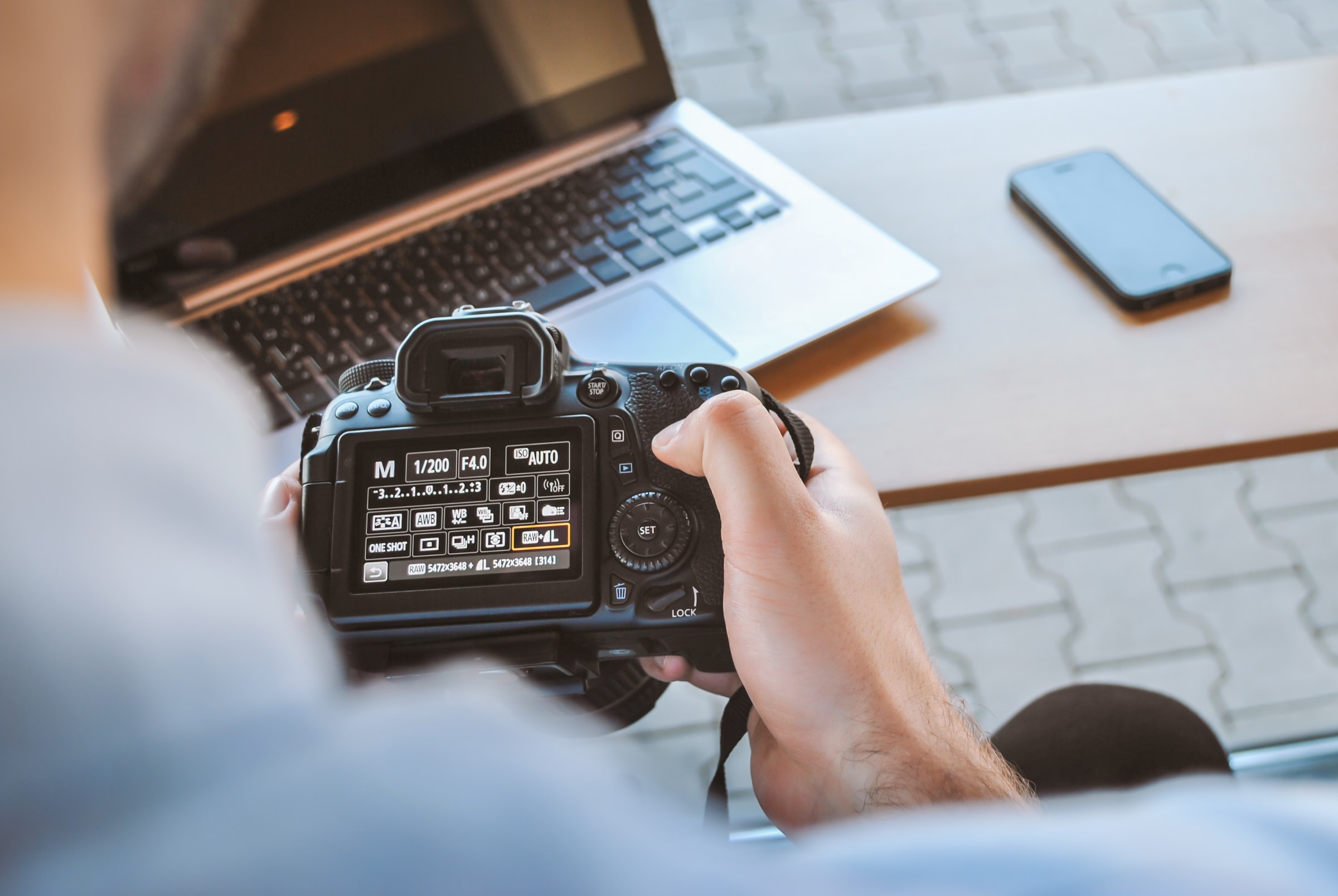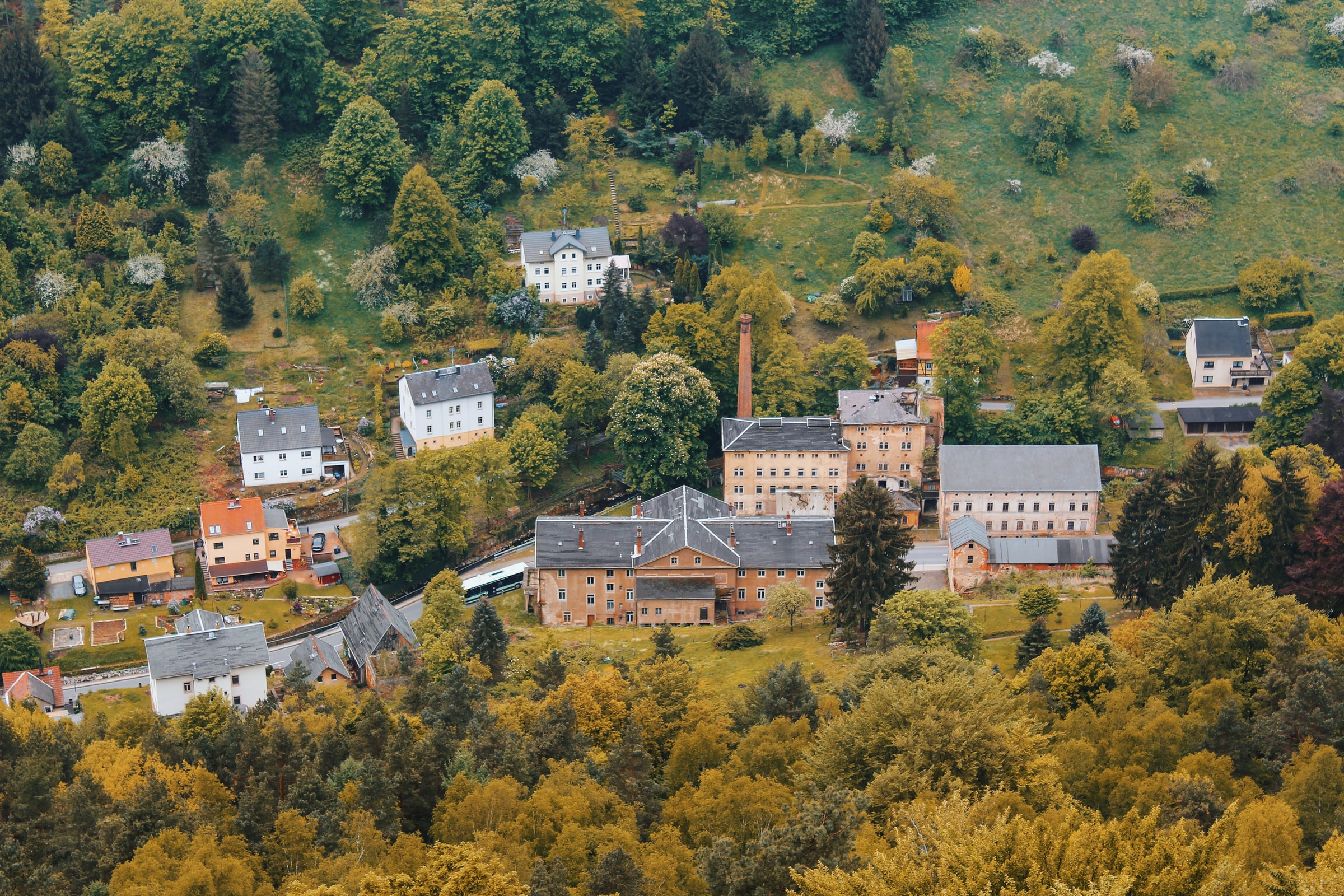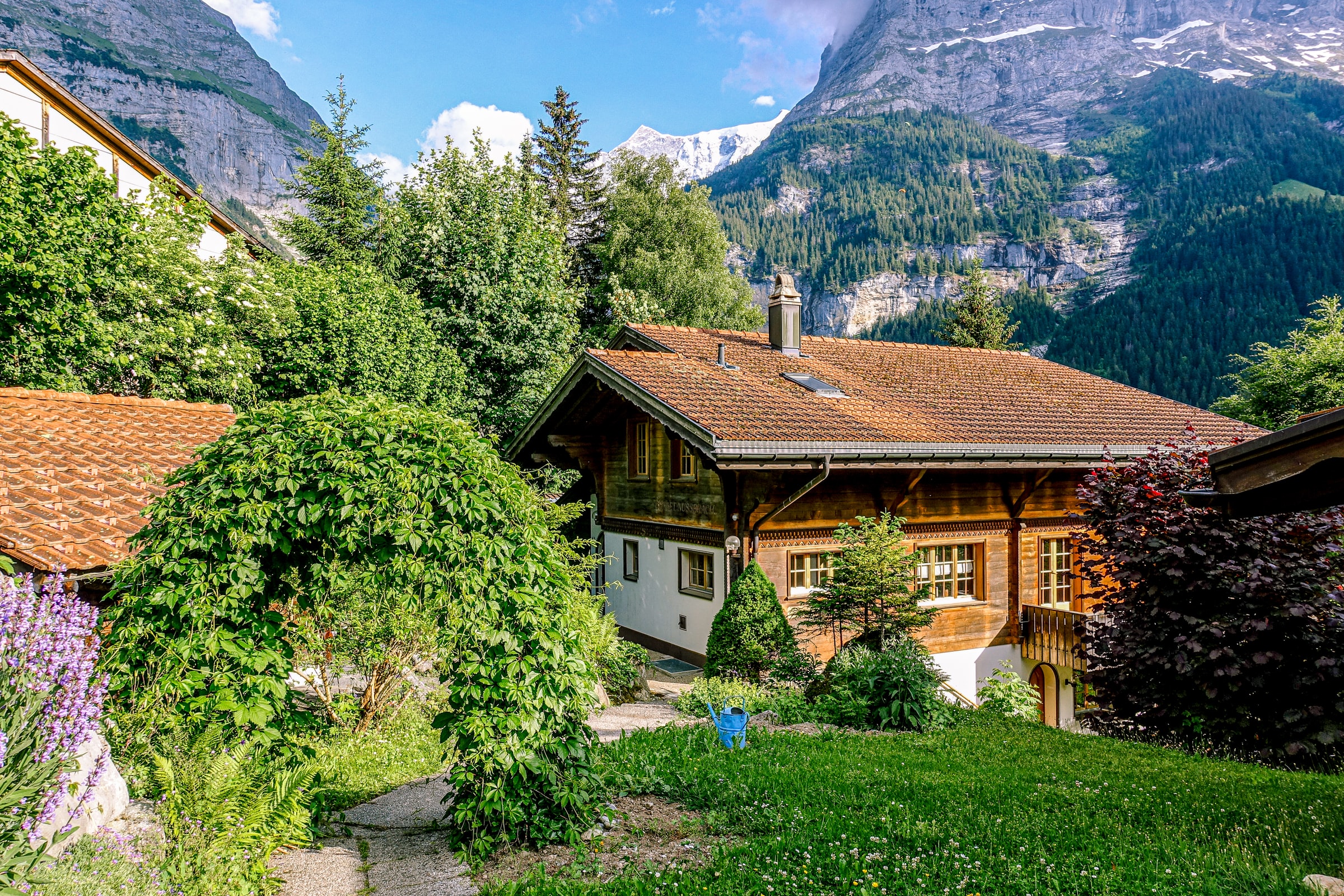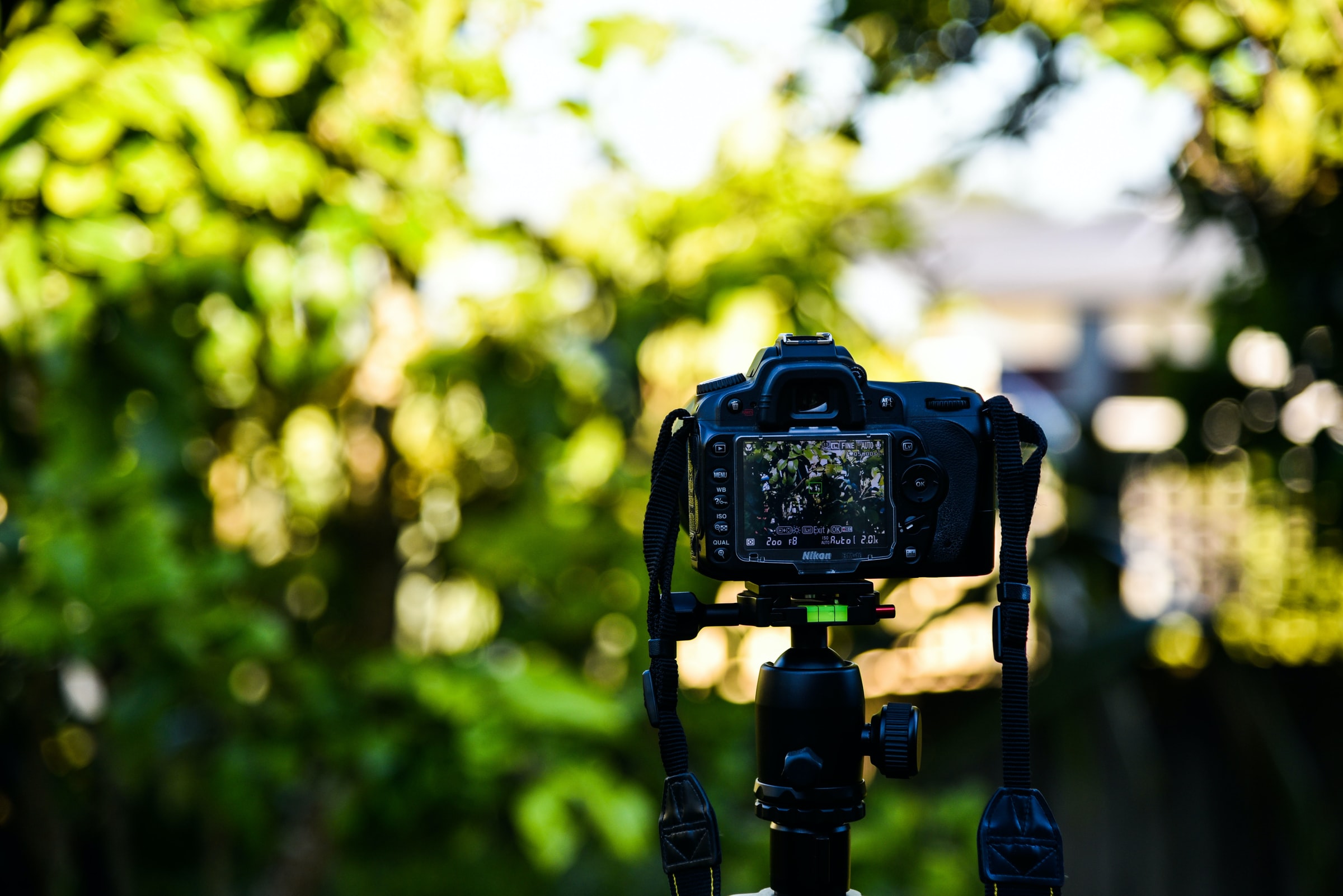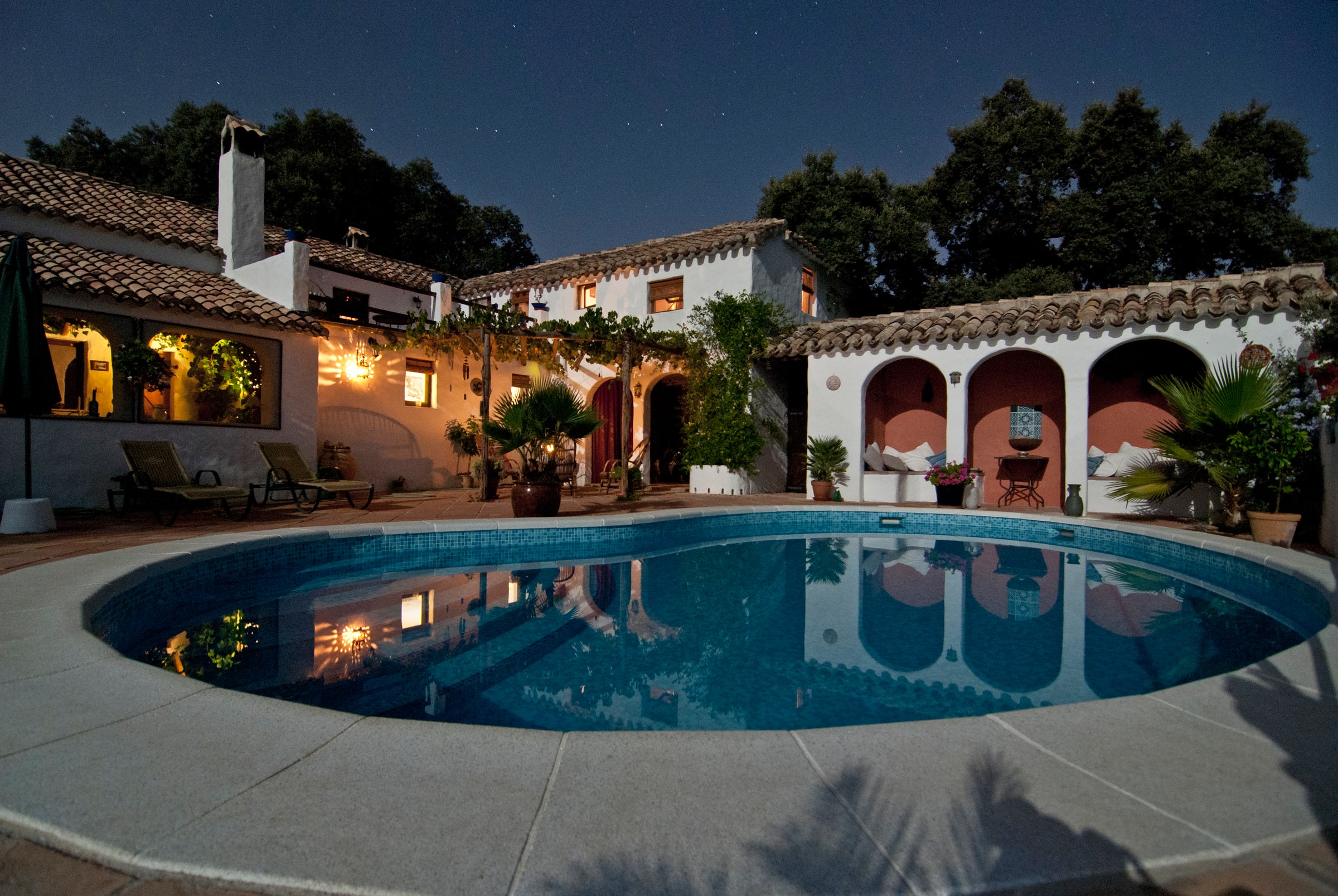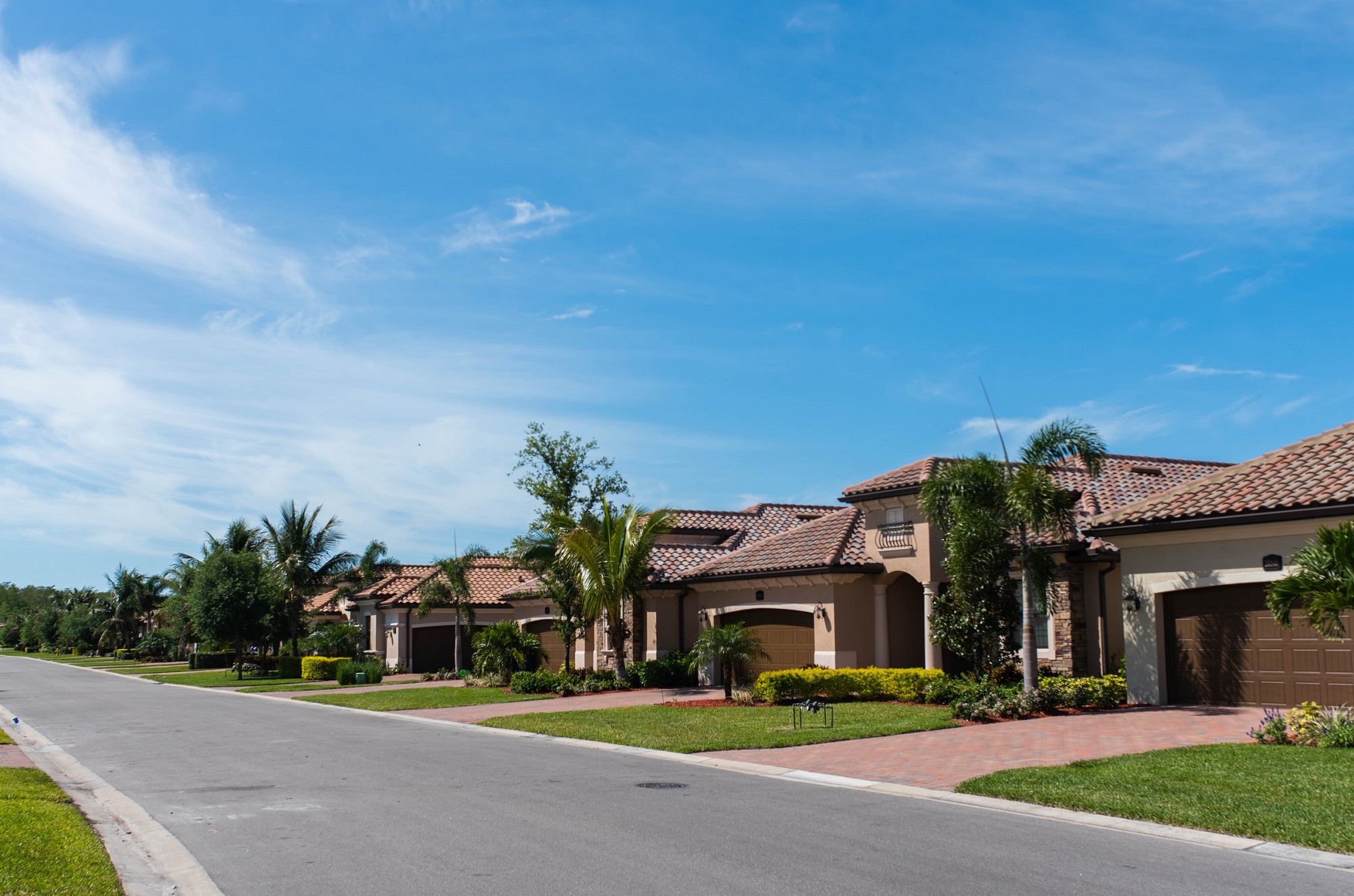In photography, the term “distortion” is used to describe many different aspects of the subject. In general, they are undesirable and need to get fixed as soon as possible. Some types of lenses cause this problem in images. For example, the famous fisheye lens “distorts,” a photograph by intentionally bending straight lines. This makes the image look ugly and funny.
Lens distortion has two main types: (a) when the lens “accidentally” makes a straight line curve or wobble when it should be straight, and (b) when two lines that are supposed to be parallel appear to “lean” in or out, depending on the angle.
Moreover, there are also what we call the barrel, pincushion, mustache, and keystone distortions. But what are these, and how do they differ from one another?
Barrel Distortion
With barrel distortion, a straight line near the edge of the image will bend outward.
Pincushion Distortion
On the other hand, pincushion distortion causes straight lines to visibly bow inward instead, the total opposite of the pincushion distortion.
Mustache Distortion
Moreover, the mustache distortion happens when a straight line does both curvings back and forth. This is a common problem on more affordable, compact ultra-wide lenses such as the 14 mm lenses.
Keystone Distortion
The keystone distortion is not an optical lens flaw. Instead, it is a natural characteristic of the viewing angle. A classic example is shooting a house from a high location, and the subject is way too down your position. At this point, the vertical lines will visually converge in a downward “V” shape or vice-versa. Vertical lines should remain vertical because if not, they seem visually unsettling and unnatural looking.
So, how exactly can you correct these common lens distortions? Here are two efficient solutions to try.
There are two main ways to correct distortion in real estate photography: (a) check if the lens has a correction profile in the post-production software you are using or (b) try correcting it manually.
Luckily, most lenses these days has a correction profile available already. You only need to access it on the raw conversion software such as Adobe Lightroom, Capture One, or Photomatix.
Moreover, some of the mirrorless lenses have permanently embedded the correction profile in raw file data. This makes it accessible by only turning on or off the in-camera. Before shooting images, try checking the in-camera settings to make sure distortion correction is turned on. This process can make editing easy.
On the other hand, for keystone distortion, Lightroom has automated and manual options to correct this problem. The software also has final straightening options that can make the editing quick and easy. At the same time, you can also use Lightroom’s manual tool to trace the lines that should either be vertical or horizontal.
In the end, the major takeaways are the following:
Turn on the in-camera before the shoot
Check that the camera has its barrel or pincushion distortion turned on in-camera. To ensure that this will work, double-check first if the lens you are using has a permanently embedded correction profile.
Set the necessary Adobe Lightroom settings
In Lightroom, check that the Develop Module’s defaults include the Lens Profile Correction tool on and “automatic.”
Master the quick-fix methods
Learn how to “fix” vertical lines that are not vertical quickly using automatic or manual correction tools.
Recheck your workflow and lens all the time
If the work is getting complicated, and you think it is not beneficial anymore, try to seek a professional real estate photographer’s help or find another lens with a perfect correction profile.
